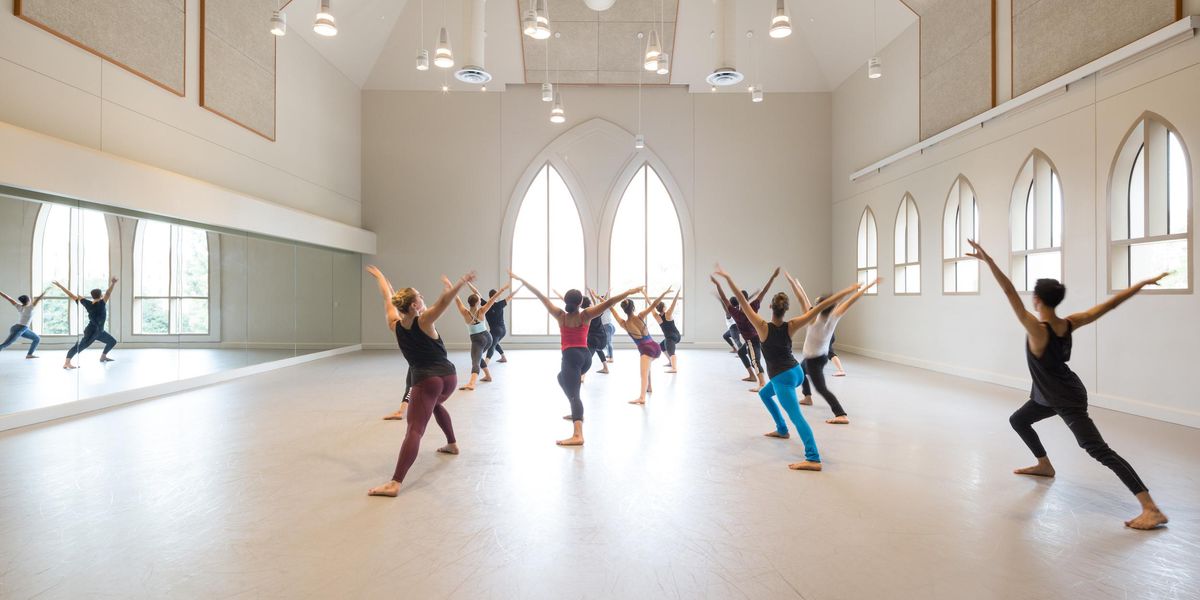What Dancers Eat: Protein Powder
Taking a tip from sports nutrition, more dancers are turning to protein powder to pull off long days of rehearsals. Some grab a protein shake after class, others sprinkle it on meals to give their muscles an extra boost. But does this convenient solution really meet a dancer’s needs?
The Right Amount of Protein
The American College of Sports Medicine recommends that 15 to 20 percent of the calories athletes eat come from protein. But does that require a protein supplement? “For 98 percent of dancers that I work with, the answer is no,” says Emily Cook Harrison, director of Atlanta Ballet’s Centre for Dance Nutrition. In fact, research shows that most dancers are getting far more protein than they need. “You’re not using that extra protein,” says Harrison, “so your body stores those extra calories as fat.”
The large doses of protein powder can backfire. “Overconsumption of protein is hard on your kidneys, and doesn’t provide any benefit,” says Joy Dubost, spokesperson for the Academy of Nutrition and Dietetics. Eating too much protein creates excess nitrogen in the body, which the kidneys must overwork to expel. Harrison adds that high-protein diets are associated with weaker bones over time, a danger for dancers, who are already at a higher risk for stress fractures.
When It’s Helpful
So, does protein powder ever have a place in a dancer’s diet? “Protein powder can be beneficial when dancers don’t have access to protein right away,” says Heidi Skolnik, nutritionist for the School of American Ballet. Grabbing a shake can help you get the protein you need after dancing to assist with muscle repair. “But don’t rely on it,” Skolnik adds. Instead, she suggests that most of your protein intake come from whole foods, like poultry, fish, soy, nuts and nut butters, milk, yogurt, eggs, beans and seeds.
Read the Label
There are many different types of protein powder on the market, including whey, soy and hemp. “I recommend a plant-based protein powder, rather than dairy or whey-based,” Harrison says. “Hemp, for example, is full of omega-3s.”
Beware that supplements are not always tested by the FDA, and can contain ingredients that are not approved. “Look for a protein powder that’s NSF [National Sanitation Foundation] certified,” says Dubost. That ensures that there’s nothing present that isn’t on the label. Skolnik suggests dancers scan labels for creatine, which can cause gains in weight and muscle mass. And avoid any anti-caking or whitening agents, such as silicone dioxide or titanium dioxide, says Harrison, as well as hydrogenated oils, maltodextrin, arsenic, cadmium, lead or acesulfame potassium (or acesulfame K)—all common additives and preservatives.
Strike a Balance
“There’s nothing magical about protein powder,” Skolnik says. As long as dancers maintain adequate protein consumption, she advises, grabbing or making a protein shake full of fruits, veggies and even nuts and seeds can help fuel you through a long day. “Dancers are athletes, and it’s great for them to view their bodies as such,” she says. “They need to fuel themselves for performance and for well-being.” A protein shake once in a while won’t harm you, but don’t regularly substitute them for real meals.




